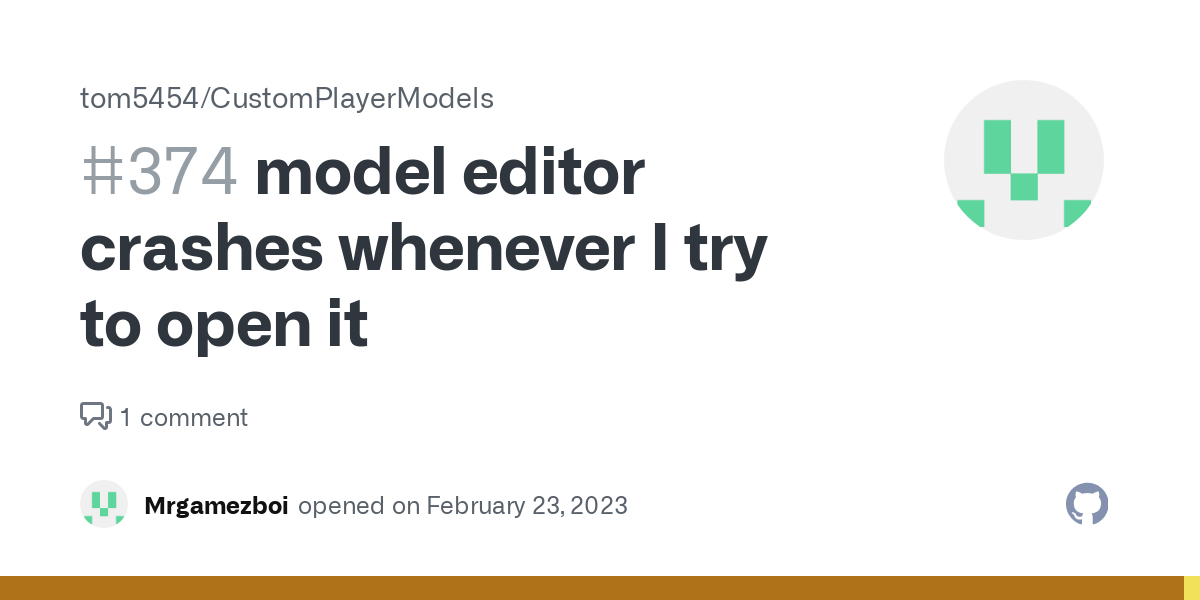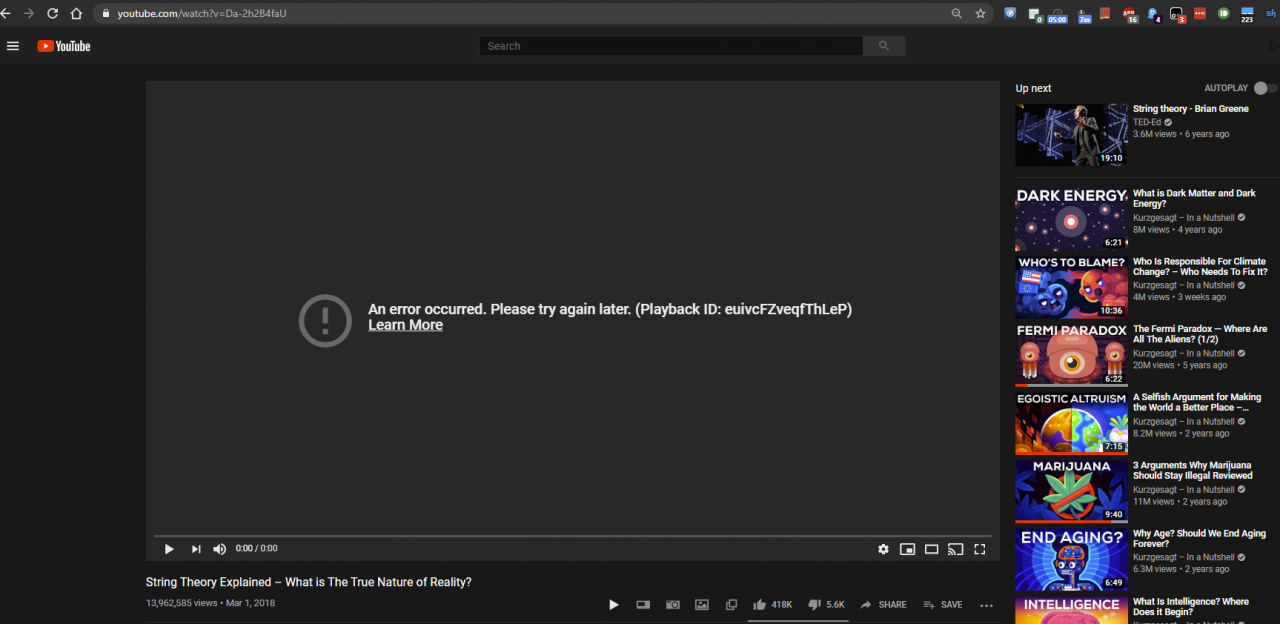How to choose the right RMM solution based on business size and needs? It’s a question every growing business grapples with. Finding the perfect fit isn’t about simply picking the cheapest option; it’s about aligning your IT infrastructure, security needs, and budget with the right tools. From small startups to large enterprises, the complexity of your IT landscape directly influences your RMM requirements.
This guide navigates you through the process, helping you select a solution that truly scales with your business.
We’ll explore how different business sizes face unique IT challenges, from managing a handful of devices to overseeing a complex network spanning multiple locations. We’ll delve into essential RMM features, pricing models, integration complexities, and vendor selection. By the end, you’ll be equipped to make an informed decision that optimizes your IT efficiency and security posture.
Essential RMM Features for Different Business Sizes: How To Choose The Right Rmm Solution Based On Business Size And Needs

Choosing the right RMM (Remote Monitoring and Management) solution is crucial for businesses of all sizes. The ideal platform needs to align with your specific operational needs, budget, and the complexity of your IT infrastructure. A one-size-fits-all approach simply won’t work. Understanding the key features and their relevance to your business size is paramount for making an informed decision.
Essential RMM Features Based on Business Size
The core functionalities of an RMM solution vary depending on the size and complexity of a business. Small businesses might prioritize ease of use and affordability, while larger enterprises demand advanced features for managing a more extensive IT environment. Here’s a breakdown:
- Small Businesses (1-50 employees): Focus on user-friendly interfaces, basic remote control capabilities, patch management, and simple reporting. Cost-effectiveness is a major factor.
- Medium Businesses (50-250 employees): Require more robust features like advanced reporting, automated workflows, multi-tenant capabilities for managing multiple clients (if applicable), and more sophisticated security features. Scalability is becoming increasingly important.
- Large Enterprises (250+ employees): Demand comprehensive solutions with advanced automation, robust security features (including threat detection and response), integration with other enterprise tools, and granular user permissions. Centralized management and comprehensive reporting are critical.
RMM Features Critical for Larger Enterprises
Larger enterprises often need features that go beyond the basics. These features address the complexities of managing a larger and more diverse IT infrastructure.
| Feature | Description | Importance for Large Enterprises |
|---|---|---|
| Advanced Automation | Automated workflows, scripting, and self-healing capabilities. | Reduces manual intervention, improves efficiency, and minimizes downtime across a large network. |
| Comprehensive Reporting & Analytics | Detailed reporting on device health, security vulnerabilities, and performance metrics. | Provides insights for proactive maintenance, capacity planning, and informed decision-making. This is crucial for optimizing resource allocation in a large organization. |
| Security Information and Event Management (SIEM) Integration | Integration with SIEM systems for enhanced threat detection and response. | Provides a centralized view of security events across the entire network, crucial for identifying and mitigating security risks in a large and complex environment. |
| Granular User Permissions & Role-Based Access Control (RBAC) | Fine-grained control over user access to different RMM functionalities. | Essential for maintaining security and ensuring compliance in large organizations with diverse teams and varying levels of access requirements. |
Scalability and Adaptability of RMM Solutions
The ability of an RMM solution to scale with business growth is paramount. A solution that works well for a small business might become inadequate as the company expands. Look for solutions that offer flexible pricing models, allowing you to easily add licenses and features as your needs evolve. Cloud-based RMM solutions generally offer better scalability compared to on-premise solutions, as they can easily accommodate increases in the number of managed devices and users.
For example, a small business using a cloud-based RMM can seamlessly add more devices and users as it grows without needing significant infrastructure upgrades, unlike an on-premise solution which may require hardware upgrades or server expansion. This ensures that your RMM solution remains a valuable asset throughout your company’s growth trajectory.
Ongoing Monitoring and Management

Choosing the right RMM solution is only half the battle. Consistent monitoring and proactive management are crucial for maximizing its benefits and ensuring your IT infrastructure remains secure and efficient. Neglecting this aspect can lead to vulnerabilities, performance bottlenecks, and ultimately, costly downtime. This section explores best practices for keeping your RMM solution running smoothly and effectively.Ongoing monitoring and management ensure your RMM solution remains a valuable asset, not a costly liability.
Regular checks prevent minor issues from escalating into major problems, saving you time, money, and headaches in the long run. A proactive approach allows for swift responses to emerging threats and optimization opportunities, safeguarding your business’s digital well-being.
RMM Solution Performance Optimization
Optimizing your RMM solution’s performance involves several key strategies. Regularly reviewing agent health and resource consumption is paramount. This includes monitoring CPU usage, memory allocation, and network bandwidth utilization by the RMM agents on managed devices. Addressing resource-intensive processes or inefficient configurations promptly can significantly improve overall system performance. Furthermore, scheduling maintenance tasks during off-peak hours minimizes disruption to users and ensures efficient resource allocation.
Finally, keeping the RMM software and its agents updated with the latest patches and security fixes is critical for optimal performance and security. Outdated software is often vulnerable to exploits and may contain bugs that impact performance.
Proactive Issue Identification and Resolution, How to choose the right rmm solution based on business size and needs
Proactive issue identification is key to maintaining a smoothly running RMM system. Setting up automated alerts for critical events, such as system crashes, significant performance drops, or security breaches, enables timely intervention. Regularly reviewing these alerts and analyzing trends can help identify recurring problems and implement preventative measures. Implementing a robust reporting and analysis system within the RMM solution allows for detailed monitoring of key performance indicators (KPIs).
This data-driven approach provides valuable insights into potential issues before they escalate, enabling proactive resolution and preventing significant downtime. For example, consistent high CPU usage on a specific server might indicate a resource-intensive application or a malware infection, allowing for prompt investigation and mitigation. Analyzing trends in help desk tickets can also highlight recurring issues, suggesting areas for improvement in your IT infrastructure or user training.
Implementing a Robust Monitoring and Management Strategy
A successful RMM monitoring and management strategy requires a combination of technical expertise and well-defined processes. This involves establishing clear roles and responsibilities within the IT team, ensuring adequate staffing and training for effective monitoring and issue resolution. Regularly reviewing and updating the RMM solution’s configuration settings is crucial to optimize its performance and adapt to changing business needs.
This includes reviewing alert thresholds, defining appropriate escalation procedures, and refining reporting mechanisms. Finally, incorporating regular audits of the RMM solution’s security posture and compliance with relevant regulations is vital for maintaining data security and minimizing risk. These audits should include verifying the integrity of the RMM software, assessing the security of its configurations, and confirming adherence to relevant industry standards and compliance requirements.
Choosing the right RMM solution hinges on your business size and specific IT needs. Scalability and features are key considerations, much like selecting the right HRIS system; for detailed insights on vendor selection and due diligence, check out this comprehensive guide: HRIS system vendor selection criteria and due diligence process for companies. Ultimately, aligning your RMM choice with your growth trajectory and budget is paramount for efficient IT management.
Choosing the right RMM solution hinges on your business size and specific needs; a small business might require a simpler, more affordable option, while a larger enterprise needs robust scalability. Efficient onboarding is crucial, and that’s where leveraging the right tools makes a huge difference. Check out this guide on how to improve client onboarding process with rmm tools to streamline your workflow.
Ultimately, the best RMM solution will not only manage your systems effectively but also seamlessly integrate with your client onboarding process.